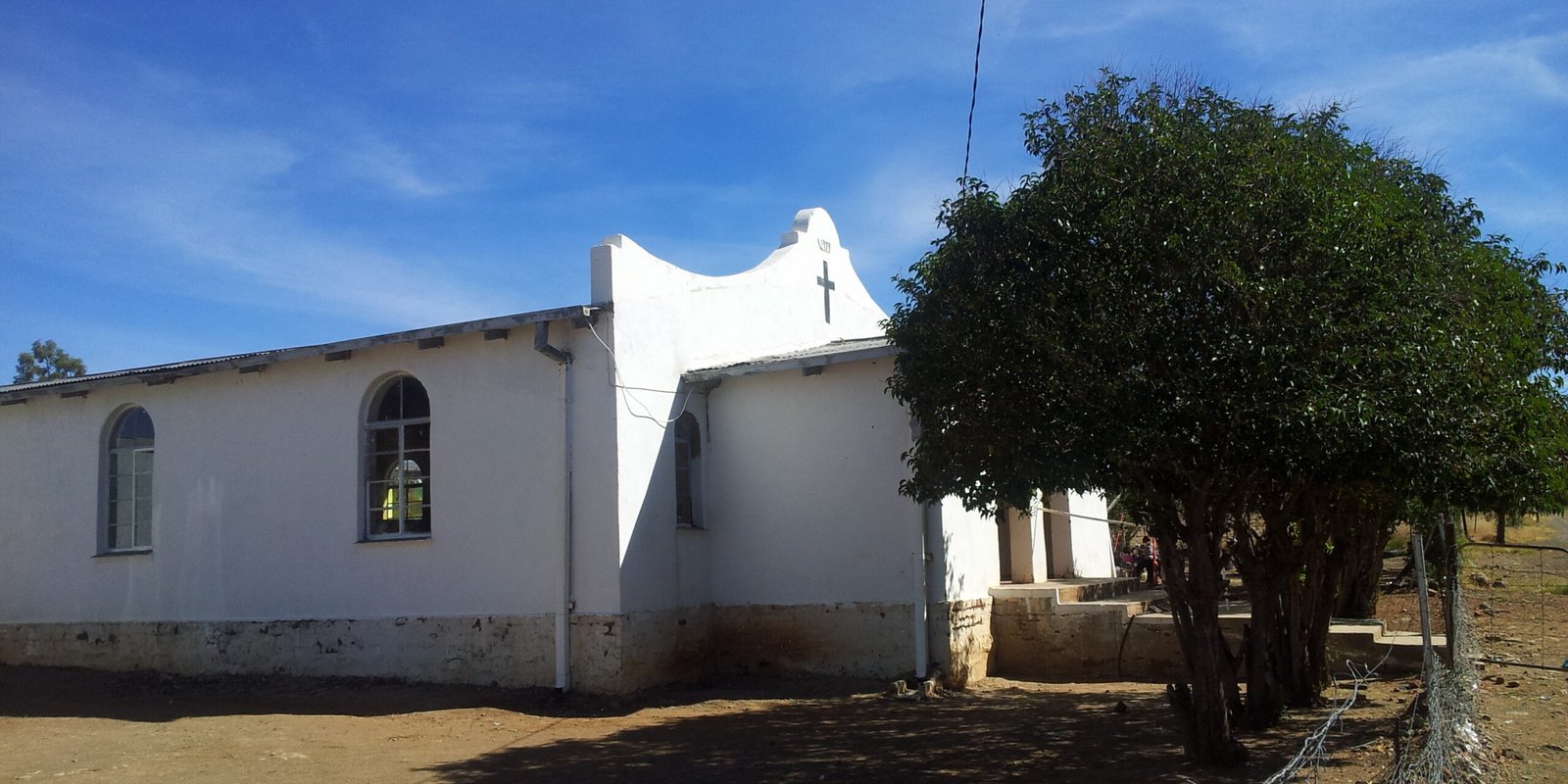In South Africa churches may be among the last bastions of apartheid, but some churchgoers are crossing racial lines, for the sake of survival.
Philippolis is a small farm town far away from everything. Far from the city and the government, far from justice and equality. The population is still divided and named — “Colored,” “White,” and “Black” — referring to the racial categories of South Africa’s apartheid regime (1948-1994).
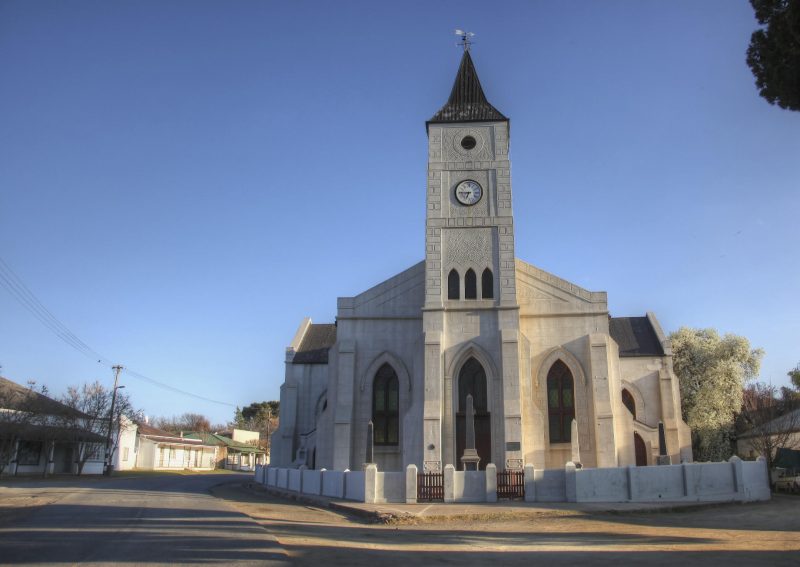
White farmers own the land and a big Reformed church in the town center. Colored landworkers live in the township and worship in a small Reformed church next to the cemetery. A huge cemetery. The HIV epidemic caused a catastrophe here.
During the epidemic a striking cooperation began between white and colored churchgoers. They met at the funerals as white farmers came to pay respect to their colored farmworkers. Not long after, the farmers themselves got in trouble. With most of their children off to the cities for work, their big church had become too big.
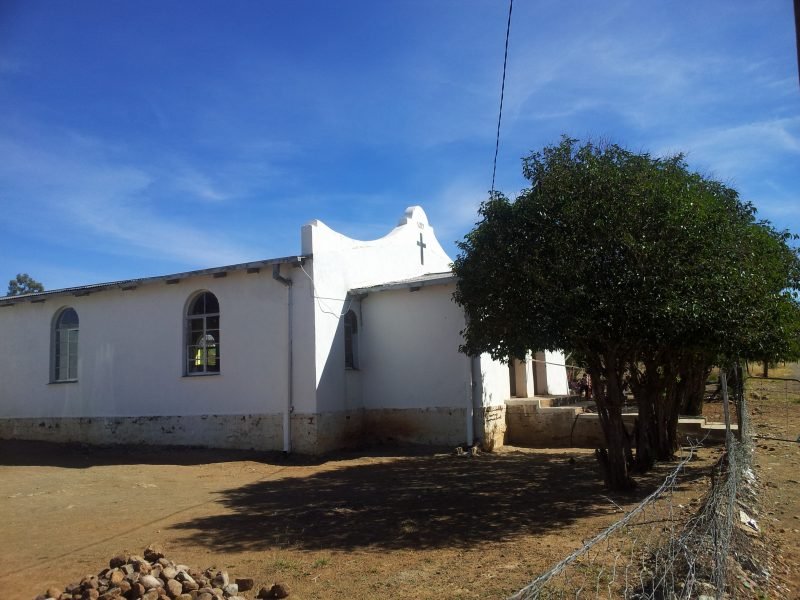
Resources had become an issue. They could not pay the minister anymore. And so the farmers turned to the colored church next to the cemetery. Would it perhaps be possible to join forces? One minister for two churches, one salary that the colored and white churchgoers would pay together.
A minister was found — a woman with a lesbian assistant. Inconceivable in either conservative community. But what choice did they have?
This minister now preaches every Sunday, first in one, then in the other church. In each pulpit she tells the same story about God who wants unity. On Monday the farmworker knows what the farm owner heard the day before. And the farm owner knows that the farmworker knows this.
Through the minister they also learn what is happening on the ‘other side.’ The farmworkers learn that their old bosses are lonely with their children so far away. The farmers themselves learn about the lack of water in the townships.
Why not pray together for rain? But not inside each other’s churches. Because in the colored church people ‘drink’ too much. Because in the white church ‘they’ boss ‘us’ around. And so the white and colored South Africans do pray together in Philippolis — but outside the church. Away from each other’s traditions, customs, culture and history.
A Word about the Context
Praying together across racial lines is no small feat in South Africa. Apartheid ended barely a generation ago. South Africa remains a deeply divided rainbow nation. Black and white might sit on the same park bench these days. But those who can afford it build high walls around their houses and send their children to private schools. Those who cannot afford that literally fight for scarce jobs. Disparities are huge and still run primarily along the old apartheid lines.
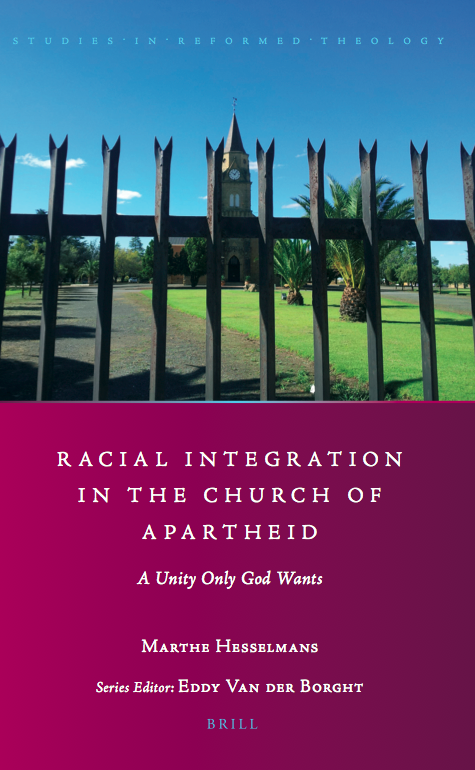
Disparities in the churches run no less deep. The Dutch Reformed Church itself had provided moral justification for the rigid segregation policies: Apartheid was good because God would want it. Each community got its own church — black Reformed, white Reformed, colored Reformed, Indian Reformed. Same denomination, different buildings, ministers, songs and rituals. Each with their own congregational cultures.
In 1997 the Dutch Reformed Church changed course, however, and officially declared apartheid was wrong. It had misunderstood God. There was a new theology in the making. From now on all the different Reformed churches were supposed to work towards unity and become one multiracial institution, no easy task given the history of separation.
Ironically, the forced separateness had not been all bad. Inside their own church, black and colored worshippers felt at ease. The white boss would not come here. It was a safe haven, a place for solidarity where the anti-apartheid struggle could flourish.
Now, in 2019, South Africans still pray mostly in their own communities. Not because God wants them to. Not because the state tells them to. It just feels better this way. As churchgoers, black and white, would tell me: “All week we are dealing with diversity. On Sunday we want a break.” Self-segregation on the day of rest. Because diversity is hard. Whatever God might think of it.
Practicalities Intervene
Faith flourishes in difficult times, definitely in this country. But faith does not equal church. South African churches are struggling. The old apartheid church struggles with members who still cherish the past. Other members are tired of the struggles and leaving. Churches have to compete with each other and with everyone else. Parents see their children hopping from the old Reformed church to a Pentecostal congregation or, why not, a meditation course. Fewer members means less money coming in. This survival struggle touches white Reformed churches as much as their black and colored counterparts.
And here’s where practicalities intervene in unexpected ways.
Philippolis’ churchgoers have no illusions. On the farms, in the township, everyone knows apartheid is still alive amongst them. The inequality, the fear of the other. It is all there. But it doesn’t hold them back. On the contrary, the minister told me last time I was there in February. “Today, I have white people coming to my township service. It starts an hour later, works better for them. Meantime colored people have started joining service in the big old white church. That one start an hour earlier, works better for them.”
A practical solution – one pastor, two services – may be the ironic beginning that finds the churchgoers of Philippolis praying together inside the church. They don’t need an elaborate theology and keep it simple: As they told me, “the other also believes in God.”
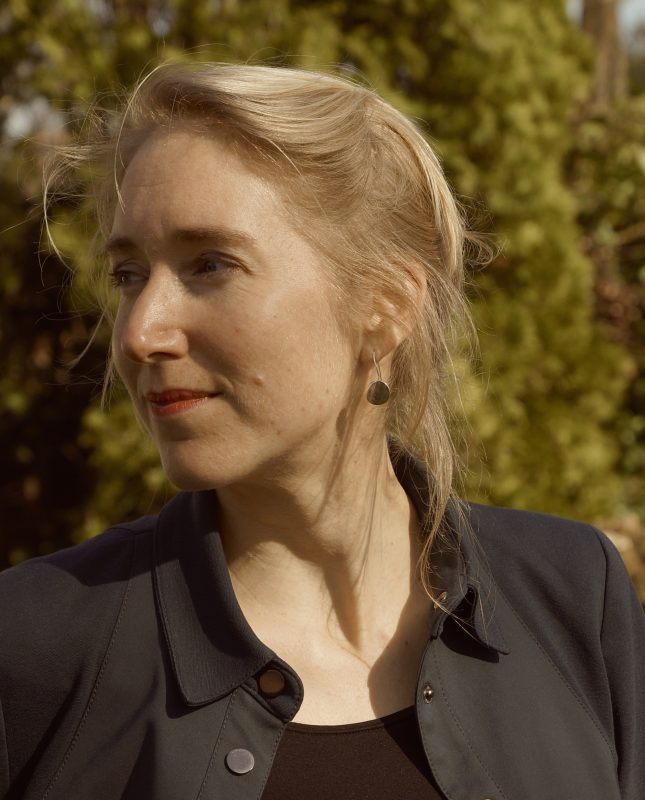
About the author: Marthe Hesselmans is senior researcher at the Van Mierlo Foundation in The Hague, Netherlands. This article is based on her book Racial integration in the church of apartheid (Brill 2018).

